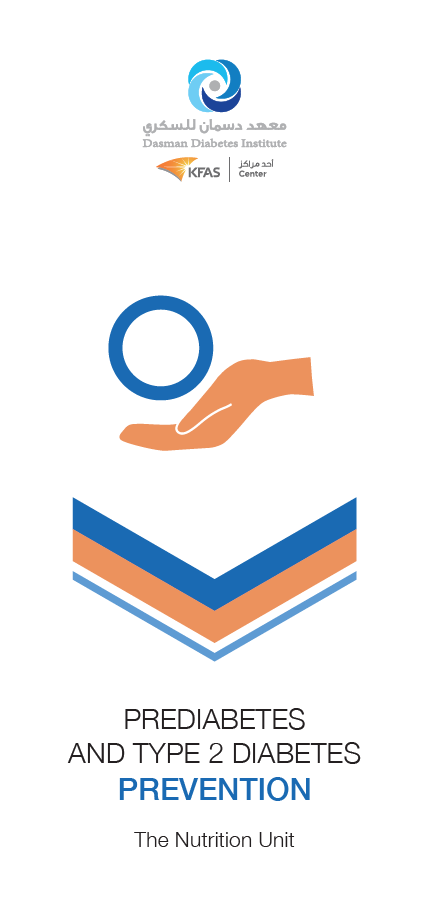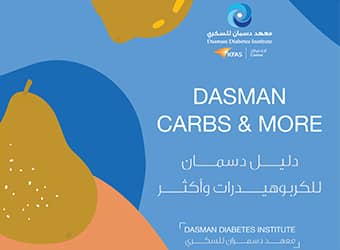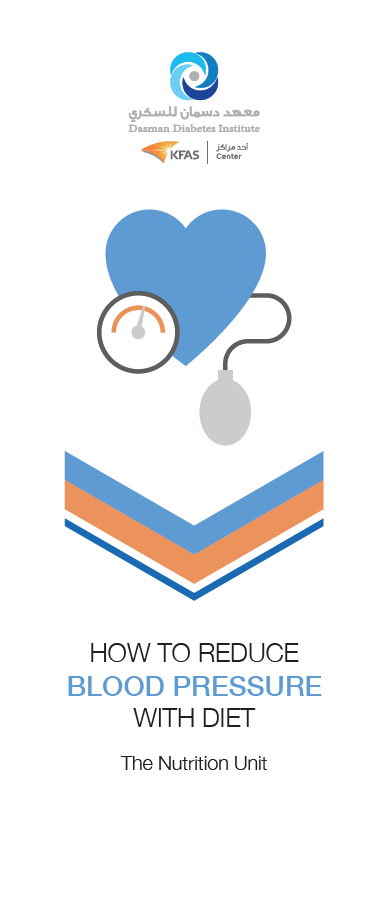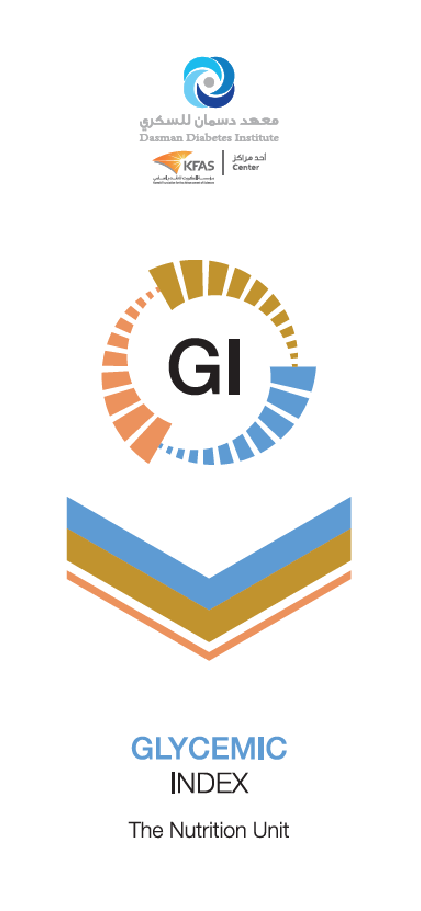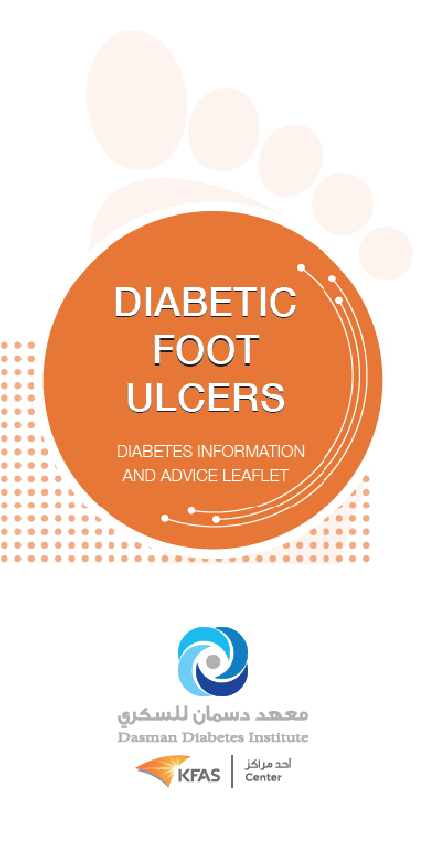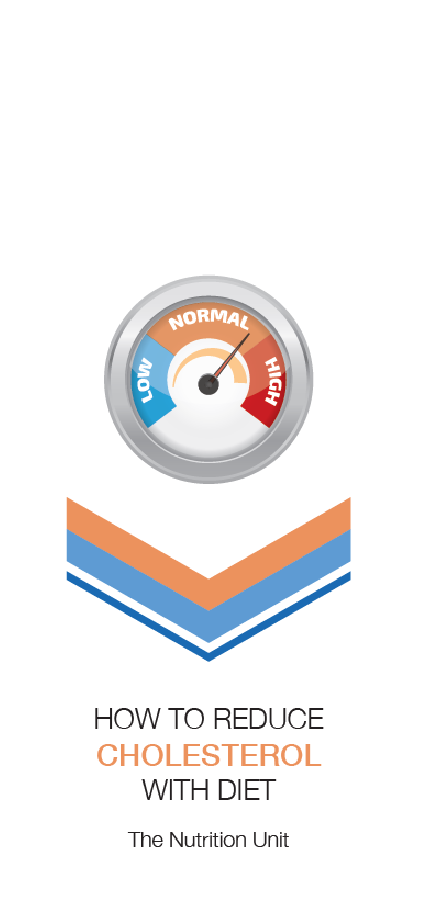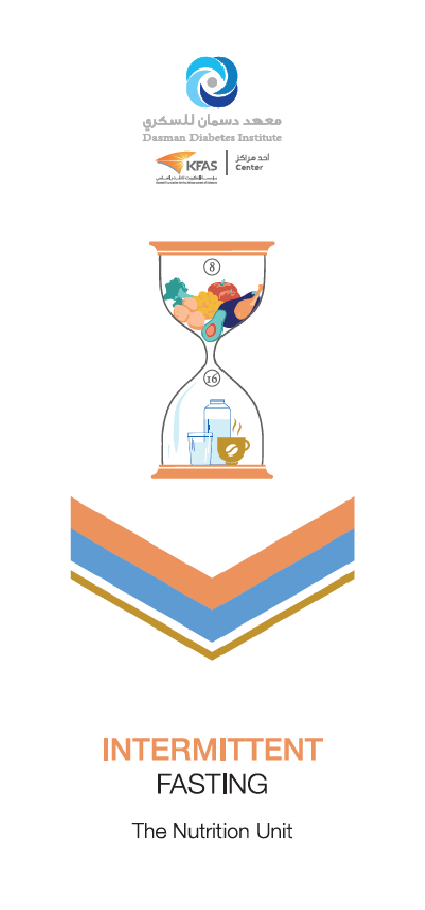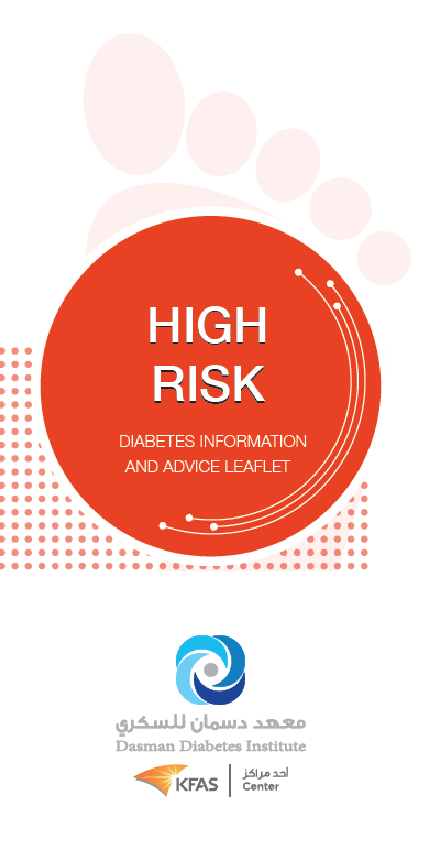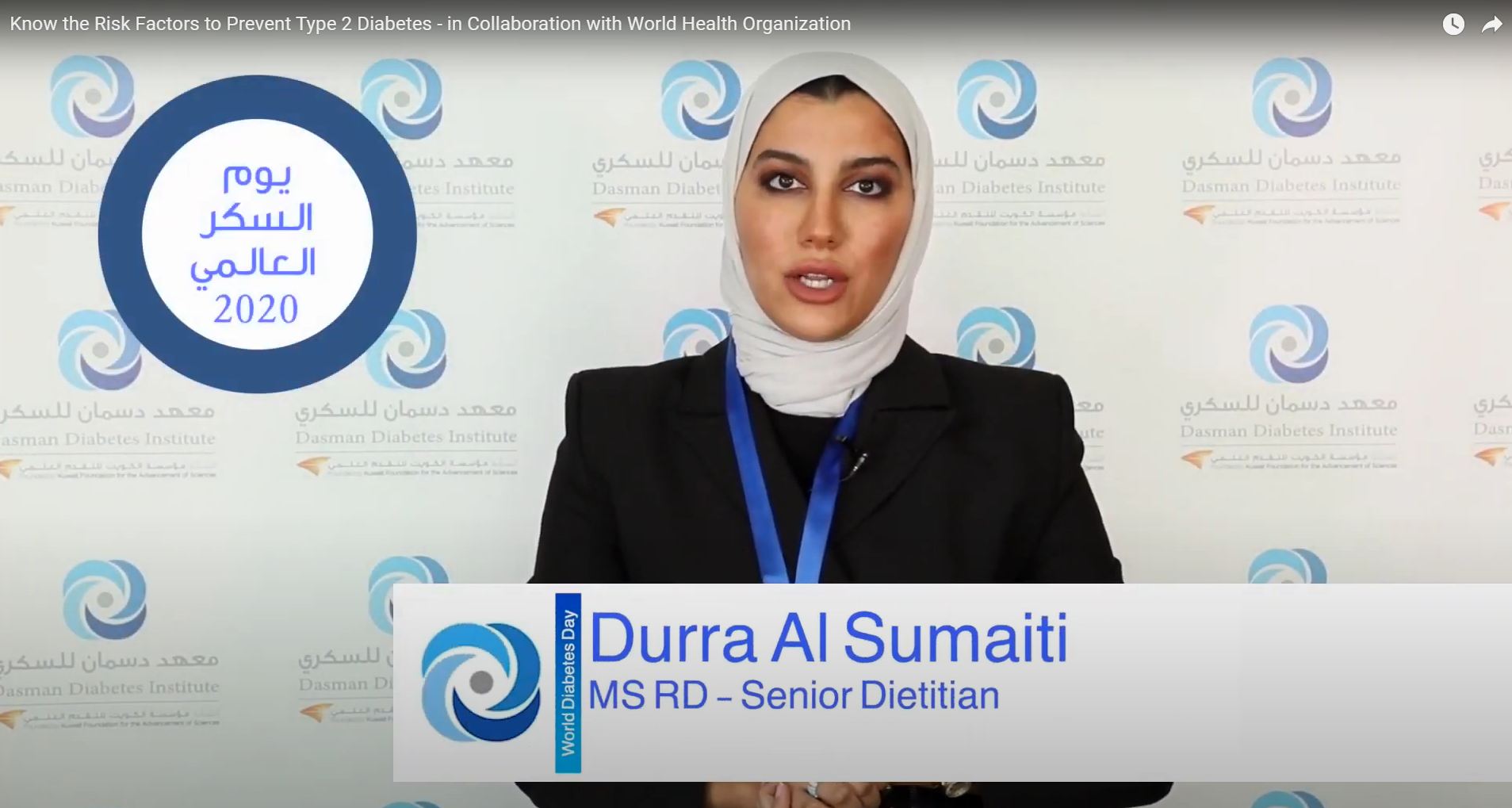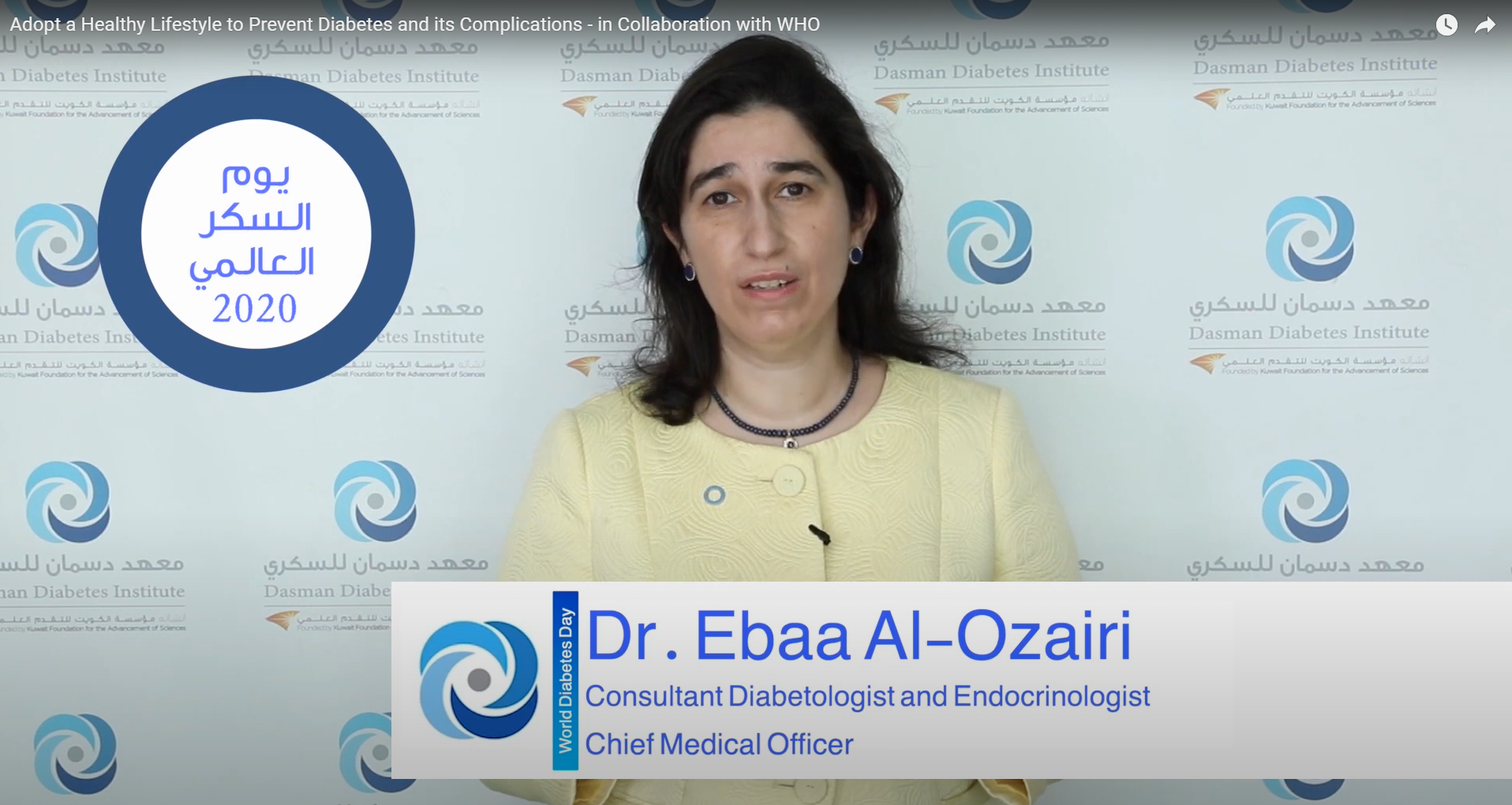What is Diabetes?
Diabetes is a chronic health condition that is characterized by high blood glucose levels. Under normal conditions, the body uses sugar (glucose) to produce energy that is required to perform essential and daily functions.
Sugar is mainly obtained from a variety of food sources such as bread, fruits, starchy vegetables, and milk. To convert sugar into energy, it is the responsibility of a hormone known as insulin that acts as a key by helping sugar particles pass from the blood into the cell. Insulin is produced by the pancreas, a gland that is located underneath the liver and behind the stomach. When the pancreas is unable to produce insulin, produces it in smaller amounts (not enough for the body’s needs), or the body is not responding well to the insulin’s action (a phenomenon known as insulin resistance), this leads to diabetes.
As a result, the sugar cannot be used by the body and remains in the blood in high levels which is known as “hyperglycemia”.


